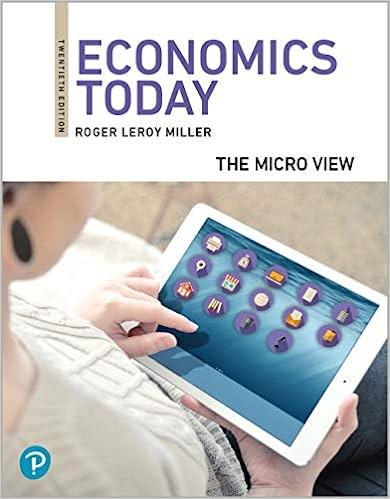In the United States, government programs and some private programs engage in nonprice rationing. Nonetheless, the primary
Question:
In the United States, government programs and some private programs engage in nonprice rationing. Nonetheless, the primary rationing device for health care services continues to be the market mechanism. A disadvantage of this approach is that some people may not wish (or be able to) pay for best-quality care. Many U.S. residents do not have health insurance at some time of the year.
In Canada, the government provides a “single-payer” national health system under which all citizens are promised “free care.” In recent years, proponents of a national U.S. health care system have held up the Canadian system as a model. Over the past few years, dramatic events highlighted the pitfalls of the Canadian system. A pregnant woman died of a brain hemorrhage when her doctors could not locate a neurosurgical facility that had room for her. After months of postponed appointments, a woman suffering from stomach pains died of cancer that might have been treatable if detected earlier. Other patients with suspected cancers had to get onto waiting lists for magnetic resonance imaging (MRI) devices.
Offering free health care encourages patients to seek as much care as they can get. A government that promises care must incur costs to provide it. To cope with rising costs, Canadian officials have closed hospitals and limited the hours that physicians can treat patients. They have depended on rationing by queues. For people who can get treatment in Canada, the quality of care is very good. The problem is that people typically must wait in line to get it – and some die waiting.
What identifiable group stands to gain from allowing market prices to ration health care? Do any specific groups gain from health care rationing by queues?
Step by Step Answer:






